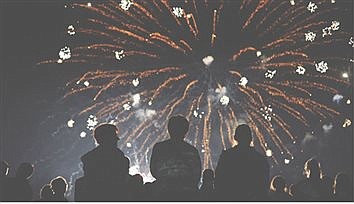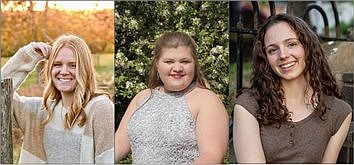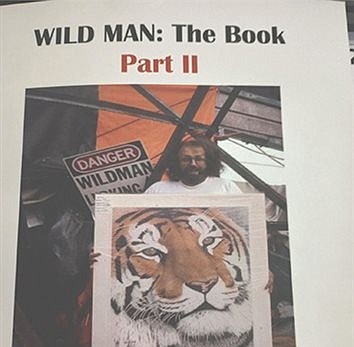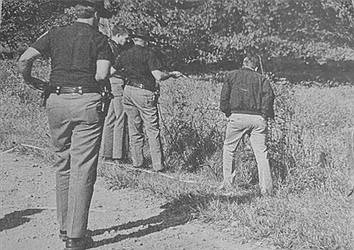Will Indiana see the Northern Lights?
July 20, 2023 at 11:49 a.m.
The Northern Lights could be visible on Thursday night from 17 U.S. states, including Indiana. However, as of today, the chance of Hoosiers seeing them is declining.
It is uncommon for the aurora to be visible in Indiana. Still, due to a higher interaction of solar particles with the Earth's magnetic field predicted, Hoosiers may see them around midnight Thursday. But, today, the Space Weather Prediction Center (SWPC) released its three-day forecast, with a KP index of three to four forecasted for Thursday, after being predicted to have a KP index of six earlier in the week. The KP index measures how far south the aurora can be observed. If Thursday's KP values are in the three to four range, only a select few in the far northern U.S. will be able to see a faint glimmer of the lights on the horizon. Visibility also depends on other factors such as light pollution, altitude and weather conditions.
The National Oceanic and Atmospheric Administration's Space Weather Prediction Center said people wanting to experience an aurora should get away from city lights. The best viewing times are between 10 p.m. and 2 a.m.
According to the Geophysical Institute at the University of Alaska at Fairbanks, "auroral activity" in Alaska, Oregon, Washington, Idaho, Montana, Wyoming, North Dakota, South Dakota, Minnesota, Wisconsin, Michigan, New York, New Hampshire, Vermont, Indiana, Maine and Maryland is expected.
In one rare event in 1958, the Northern Lights were even visible from Mexico City.
Latest News
E-Editions
Events
The Northern Lights could be visible on Thursday night from 17 U.S. states, including Indiana. However, as of today, the chance of Hoosiers seeing them is declining.
It is uncommon for the aurora to be visible in Indiana. Still, due to a higher interaction of solar particles with the Earth's magnetic field predicted, Hoosiers may see them around midnight Thursday. But, today, the Space Weather Prediction Center (SWPC) released its three-day forecast, with a KP index of three to four forecasted for Thursday, after being predicted to have a KP index of six earlier in the week. The KP index measures how far south the aurora can be observed. If Thursday's KP values are in the three to four range, only a select few in the far northern U.S. will be able to see a faint glimmer of the lights on the horizon. Visibility also depends on other factors such as light pollution, altitude and weather conditions.
The National Oceanic and Atmospheric Administration's Space Weather Prediction Center said people wanting to experience an aurora should get away from city lights. The best viewing times are between 10 p.m. and 2 a.m.
According to the Geophysical Institute at the University of Alaska at Fairbanks, "auroral activity" in Alaska, Oregon, Washington, Idaho, Montana, Wyoming, North Dakota, South Dakota, Minnesota, Wisconsin, Michigan, New York, New Hampshire, Vermont, Indiana, Maine and Maryland is expected.
In one rare event in 1958, the Northern Lights were even visible from Mexico City.





